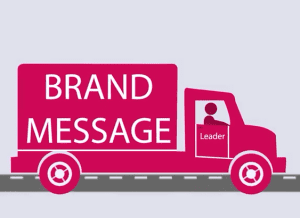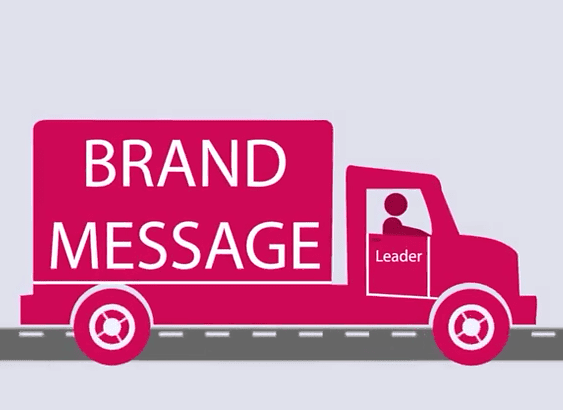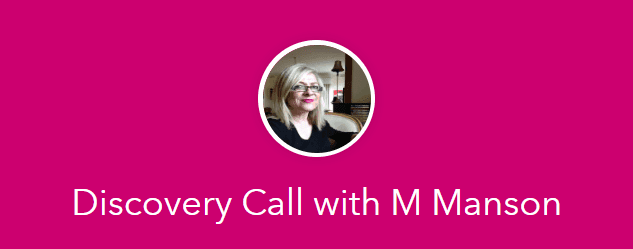 The most critical role of any business leader is not only to identify a successful path forward, but to ensure universal understanding of the strategy.
The most critical role of any business leader is not only to identify a successful path forward, but to ensure universal understanding of the strategy.
And, it isn’t just the ‘strategic’ five-year plan, let alone a one-year plan. Equally, measuring results in quarterly targets or monthly ‘budgets’ is not an indication of a successful and enduring strategy. Without a long-term strategic Vision of the desired future a ‘strategy’ is nothing more than a promotional campaign without the long tail.
Sure, future is hard to predict. So, leaders have two options. One: cut costs, do the usual and watch the competitors, technology and new business models emerge with complete clarity and proof, and then copy them as fast they can.
Or, the second option is to choose what the business stands for and pro-actively embrace the change and take advantage of emerging trends.
Because, there is only one certainty: change happens.
Great leaders and successful organisations embrace change… before they have to. I agree with Saul Kaplan, Founder of Business Innovation Factory “You can’t break it. Don’t ever be afraid to try”.
Leaders and Managers, who recognise it, are in a position to get there first and capture opportunities faster and with a stronger grip than the rest of the industry. Robert LoCascio, CEO of Live Person, has recently taken his already highly successful internet service company, on a cultural transformation journey. He saw that having a strategy is not enough. Long term success can only be achieved through a unique business culture that ensures common understanding, engagement and agility in creating business and customer value.
But, LoCascio points out, “As a CEO and company leader, you aren’t superman. You cannot come up with everything yourself. Usually, that leads to something inferior.” A leader cannot be everywhere and do everything alone. Even the most visionary leader, and even with the support of a competent Management Team, cannot absorb and process all signals from the complex and noisy environment.
Everyone in an organisation needs to be strategically tuned in to listen and, importantly, hear messages that are relevant to the future of the business.
So, how can an organisation achieve that kind of engagement, alertness and agility to build new Value? People are already overworked, busy to capacity and, mostly, doing jobs for which they were hired. How to get more out of this ‘soft asset’ without adding that proverbial ‘straw’?
How to get greater results by lessening the workload and giving people more satisfaction while at the same time building a stronger business brand and the kind of connection with customers that drives more profitable and more consistent sales?
Communication!
“We have a failure to communicate!”
Having a great strategy is only half of the success. The other part is the ability to articulate it to all levels of staff? And, that’s what a recent study by Professor Timothy Devinney of UTS has revealed.
70% of employees could not identify the publicly stated strategy statements of their own employer from those of their competitors.
If your own employees don’t understand the company’s direction, how can they effectively prioritise, make trade-off decisions or create value and defend your competitive advantage?
If your own employees cannot differentiate your own organisation among others, how can you expect customers to tell the difference and know why they should choose you?
Building a Corporate Culture: Five to Life!
According to LoCascio, building a business culture “is a five to live commitment. It’s not a two-year execution and you’re done,” comments on his. Because, “to make a company successful for the long run, sometimes you have to make difficult cultural changes, then work every day to make sure they stick”.
Winning, desirable Cultures don’t just happen. They are a result of visionary leadership and relentless communication of company’s values and expectations. Cultures are egalitarian, aspirational and voluntary. People who belong believe in the same values and support the same behaviours. They also naturally create Champions who become role models and mentors for prospective and new members.
Building a winning business culture and enduring business success depends on the ability of Leaders to communicate an authentic message consistently and frequently to all employees. Not all business leaders are born public speakers – so the message can be crafted to their personal style, but the thoughts must genuinely come from the Leader’s passion about the future.
Inspiration: Spot The Difference …
Backdrop: Saudi Arabian industrial giant, The National Industrialization Company of Saudi Arabia, better known as Tasnee, has invested AUD $4 million in Australian clean energy company, Dyesol Limited. During an initial 6 month exclusivity period, Tasnee and Dyesol will discuss a number of partnership and investment possibilities, focusing on R&D collaboration, large-scale production share, and potential demonstration projects in the Middle East and, importantly, further investment up to a total of AUD $20 million.
Now, listen to these two statements. Can you hear the message?
Dr Talal Bin Ali Al Shair, Cristal’s chairman and chief executive: “We are so passionate about titanium from mining to pigments to specialty chemicals and beyond. Titanium is at the heart of all we do, and this strategic investment in Dyesol marks our commitment to pioneering innovation, constant product and process improvement, and our leading role in contributing to creating a brighter and cleaner world.”
Dyesol executive chairman Richard Caldwell: “Tasnee has demonstrated great commitment to the successful commercialization of our Dye Solar Cell technology, both through participation in long term R&D programs and now through its expression of intent by investment in a convertible note. Tasnee has a very strong balance sheet and interest to diversify its activities into renewable energy. Dyesol looks forward to exploring mutually beneficial opportunities.”
Who is the Leader and who is the Manager? Who is more likely to get better business results and inspire growth?
Simplicity
What I find extremely powerful behind Live Person’s culture model is the simplicity of approach. It is built around company’s Mission of ‘creating meaningful connections’ and two core Values that are both meaningful and strategic and complement the Mission: Be an Owner, and Help Others.
It is the latest testimony of the power and value of adapting simplified change management models, such as the Non-Negotiable Principles, that are more efficient to implement and stick better, not through rigid rules but through cultural engagement.
Let me know your thoughts!
 InnoFuture provides innovative business culture transformation services to progressive, Small-Medium organisations. You can request an appointment for a Free Consultation online Blueprint for Productivity or contact Margaret Manson on 0407 661 130 to find out how we can help your organisation be more focused, more differentiating and more competitive.
InnoFuture provides innovative business culture transformation services to progressive, Small-Medium organisations. You can request an appointment for a Free Consultation online Blueprint for Productivity or contact Margaret Manson on 0407 661 130 to find out how we can help your organisation be more focused, more differentiating and more competitive.


